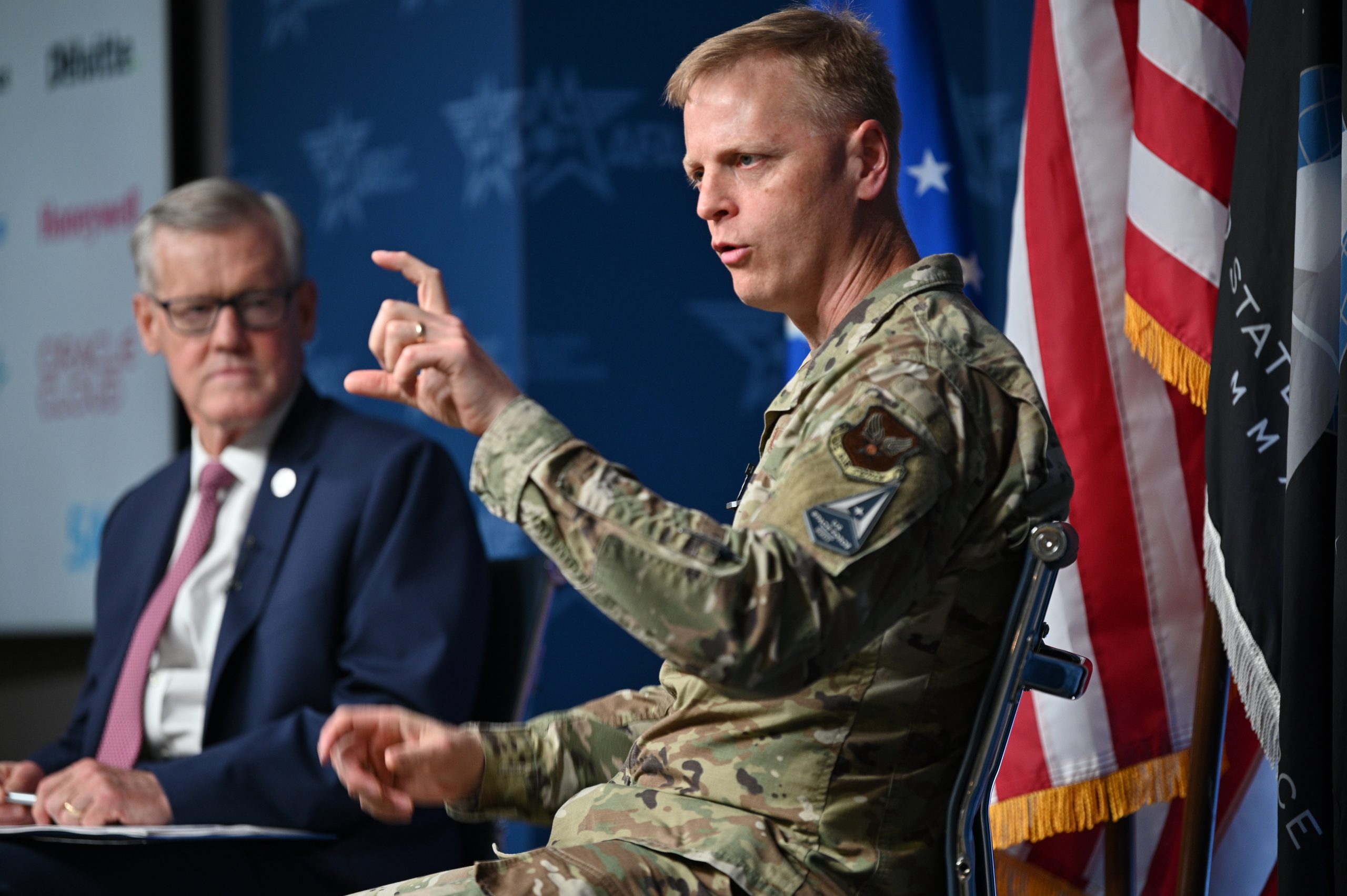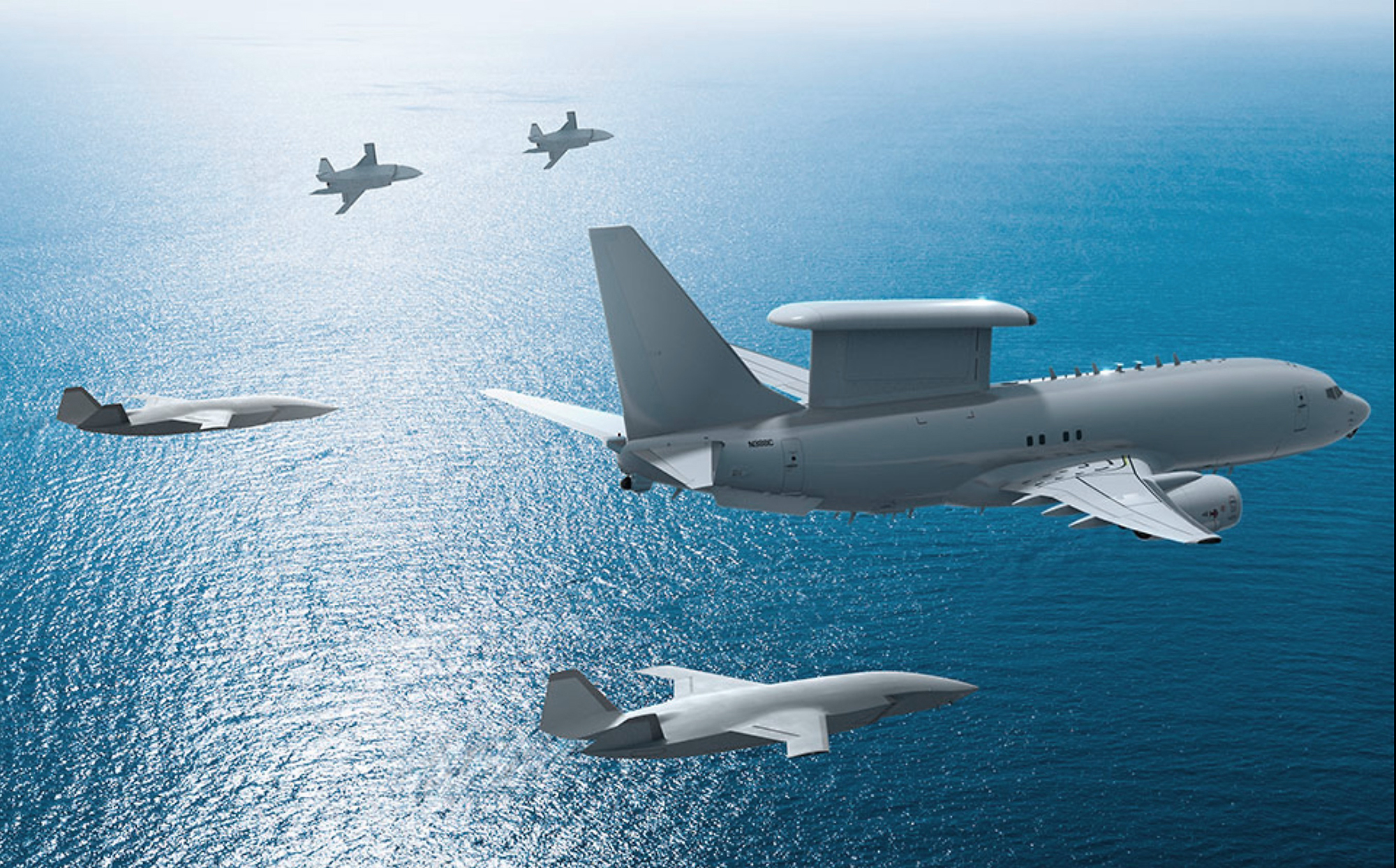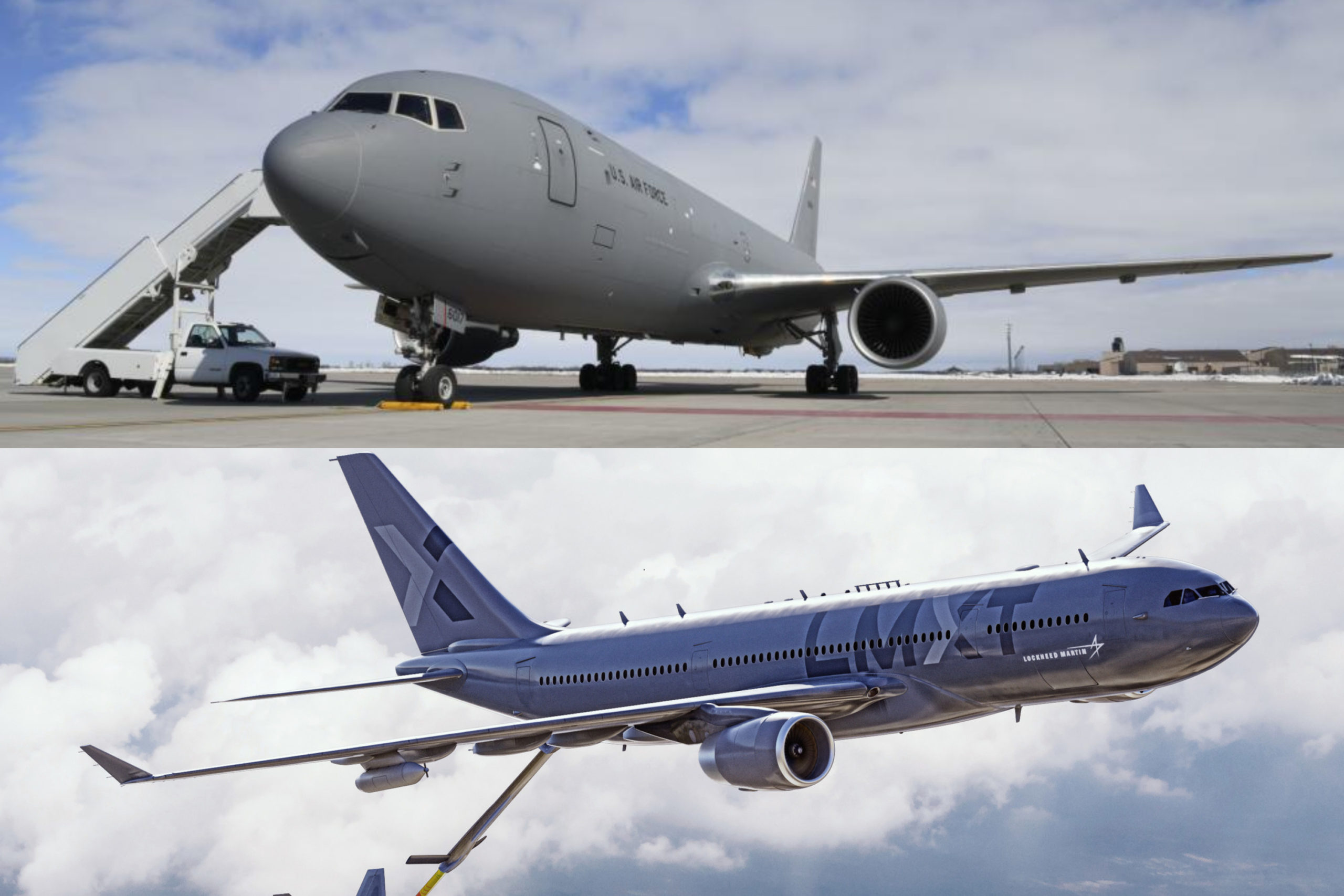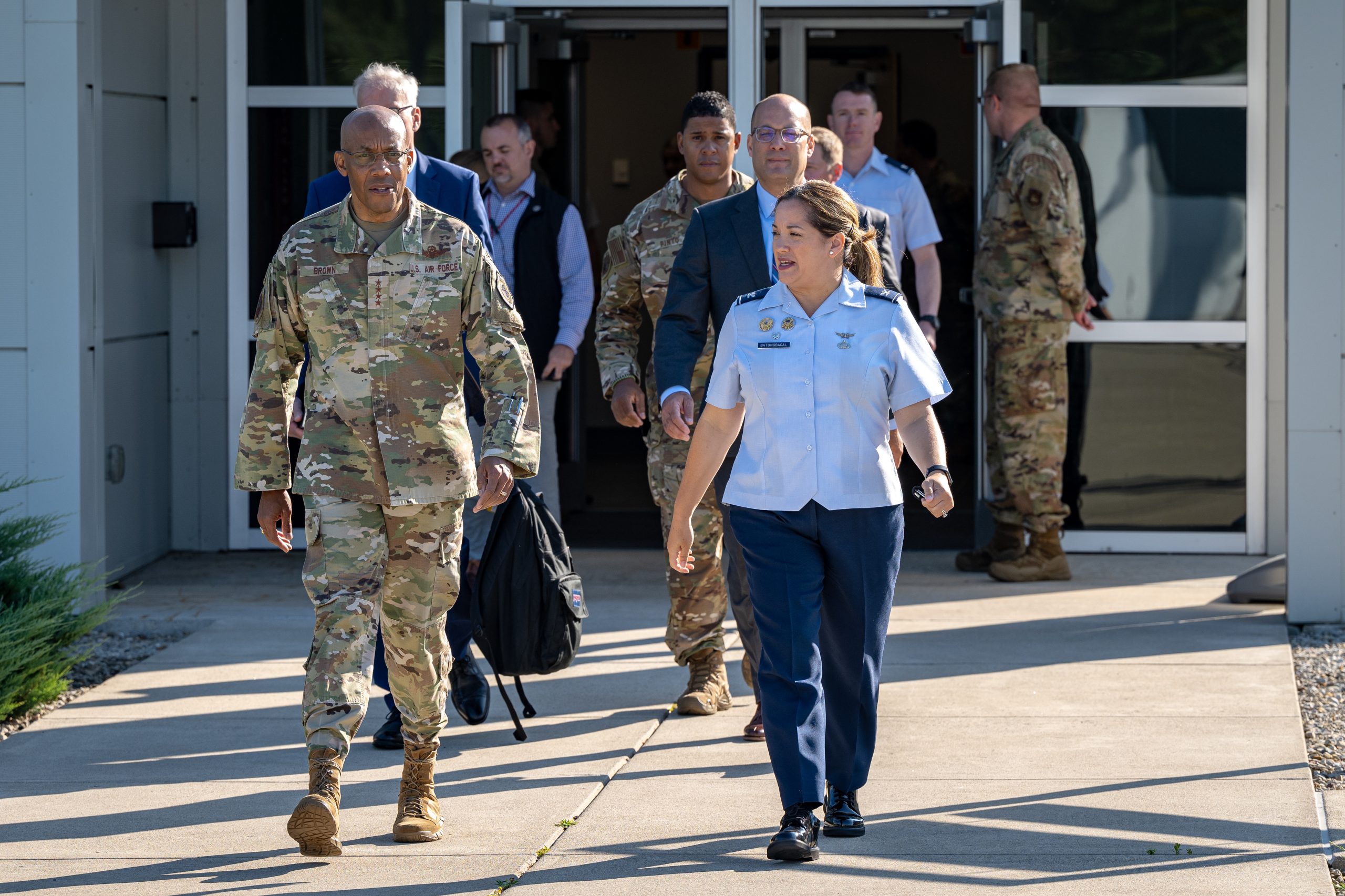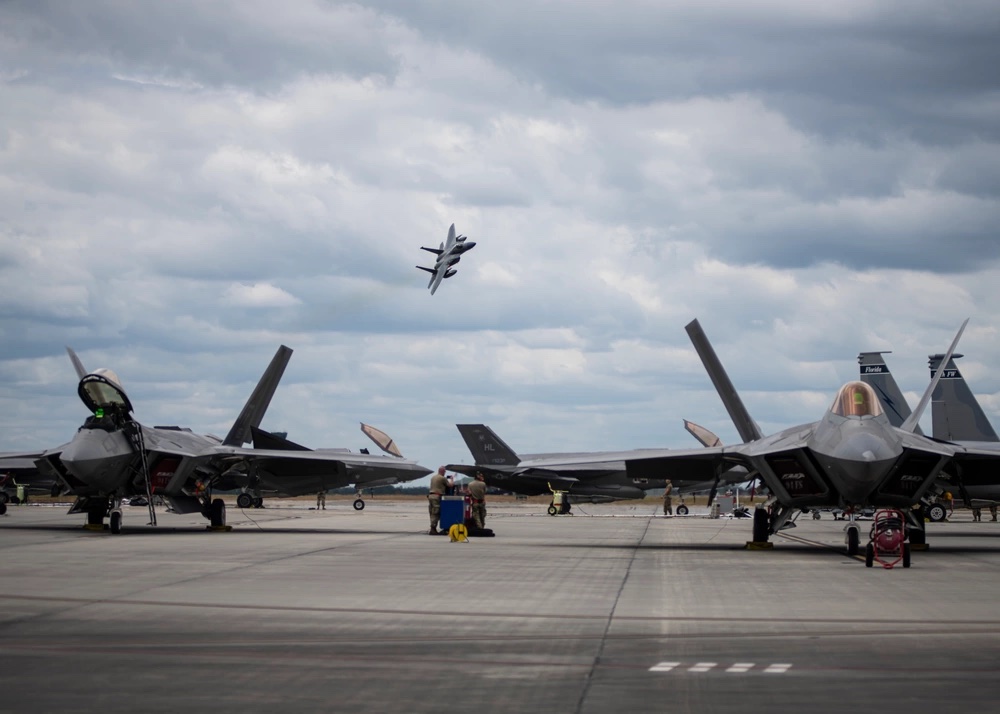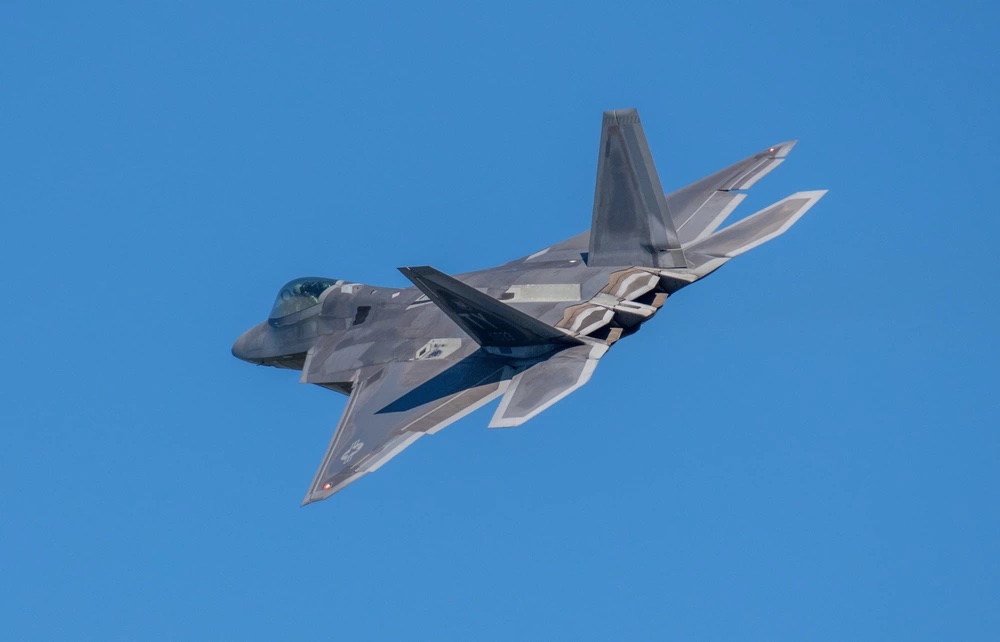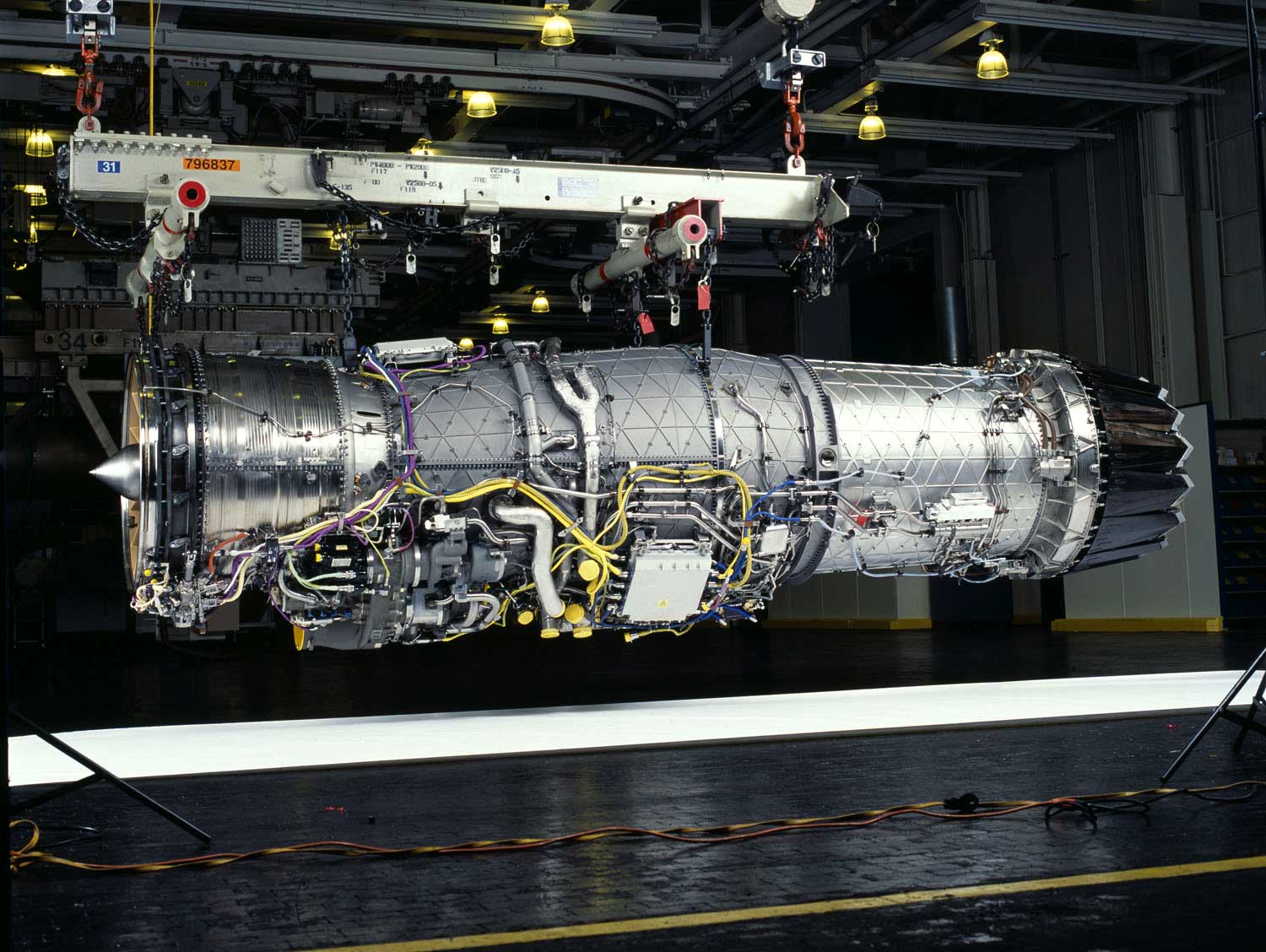DAYTON, Ohio—With a striking story and four basic guidelines, the Air Force’s command, control, communications, and battle management czar Brig. Gen. Luke C.G. Cropsey laid out his priorities for industry at the Life Cycle Industry Days conference on Aug. 1.
Cropsey, the Department of the Air Force’s integrating program executive officer for C3BM, is responsible for coordinating the department’s drive to connect sensors and shooters and the ambitious Advanced Battle Management System. The many elements will form the “DAF Battle Network,” the department’s contribution to enabling joint all-domain command and control.
Service Secretary Frank Kendall has called Cropsey’s job “the hardest acquisition job I’ve ever given anybody”—unsurprising given the technological and logistical complexity of integrating every kill chain as some have envisioned ABMS doing. Having spent his first six months setting a course, Cropsey is now out preaching his gospel, in this case an audience of industry and Air Force leaders. His focus, he said, is in making this concept work, not connecting everything.
To convey the idea, Cropsey reflected on his childhood in Africa, where his father was a surgeon. One day, his father asked him to bring a drill, a bit, and a medical textbook to the operating room.
“A patient had come in who had been hit by a car on his bike and had a massive head contusion,” Cropsey said. “And in the process of diagnosing this guy, he went through the basic diagnostics around what happens when you have a bleed on your brain, and this guy had all the symptoms. But he didn’t have any of the sophisticated diagnostic equipment that you would expect here in the States to tell him this is exactly what was going on. So he needed the book from his med school days to try to figure out some basic things about where this guy might actually be bleeding out of his brain.
“And then he needed the drill and the bit, because the only way to relieve that pressure was to literally drill a hole in this guy’s head.”
As his father did then, so Cropsey now faces his own extremely complex problem—one that does not hold a single life in the balance, but that nevertheless demands immediate action.
“Complexity in this space is a lot like that brain bleed … It’s going to kill us if we don’t figure out how right now we are going to deal with it, and we have to deal with it effectively,” Cropsey said. “But quite frankly, we don’t have time to go into all the nuances here. We’ve got to get down to the simple.”
Cropsey has spoken in the past of not wanting to “boil the ocean” when it comes to his job—trying to take on too much and being doomed to fail. Instead, he emphasized that starting simply is necessary to build progress. That extends even to the long-standing idea that ABMS must “integrate everything.”
“This has to get down to the details about how you’re actually going to do that mission,” Cropsey said. “How that mission is going to play out in terms of how you see the flow, the assets that you have available to do it, and the way that they’re going to be connected. When you do that, and you get down to the specifics, you find out that actually, you don’t have to have everything, everywhere connected. You don’t have to know where all the data is all the time, everywhere.”
Instead, Cropsey said he is following four basic principles as he presses ahead:
- “Alignment around the operational outcomes we want to achieve.” Echoing Kendall’s push for operationally-focused ABMS, Cropsey said any offering from industry must meet a specific operational need.
- “We do C2, we do all C2, and we don’t do any more than C2.” While Cropsey wants any solution he identifies to be scalable across the entire Air Force, he warned that getting away from command and control would cause the entire effort to “collapse” under its own weight.
- “Architecture wins over products.” Given the desire to connect sensors and shooters, Cropsey said he favors contractors and products that can easily connect with the overarching system. “In order to win the long term, you actually have to have an architecture that’s relatively agnostic to the individual nodes or agents that you have in that architecture,” he said.
- “Capability has to be continuously deployed over time.” Cropsey said he will push programs to produce and field viable capabilities, then iterate on them quickly—a model more like commercial software development than conventional military acquisition. “I’m pushing my team for quarterly deliverables,” Cropsey said. “Something needs to come out the door every quarter—what are we developing this for? Who is it getting delivered to? How are we making it better? I’m front-loaded to do 90-day sprints.”
Emphasizing rapid, continuous development echoes the approach championed by the Space Development Agency under Director Derek M. Tournear. Indeed, meeting with reporters after his keynote, Cropsey said he and Tournear speak regularly about their mutual pursuit of innovation.
“We are absolutely synched up with other aspects of the organization that have like-minded, similar perspectives,” Cropsey said. “We’re swapping stories all the time about what works and what doesn’t work.”
Just as SDA recently notched a major success with the first launch of its Tranche 0 satellites, Cropsey also shared progress his team is making.
At the unclassified level, Cropsey said, the Air Force has made progress on some lines of effort related to ABMS. For example, the KC-46 will get a palletized communications system that will allow it to better process incoming data and communications shared by other aircraft, and NORAD has received its first “minimally viable product,” ABMS cloud-based command and control.
Cropsey also hinted at progress in the classified arena on integrated kill chains. “In my quarterly update with SECAF [Kendall] in June, we actually gave him our first analysis around what that initial architecture would look like for this specific operational problem,” Cropsey said. He promised details in a classified briefing this fall.
